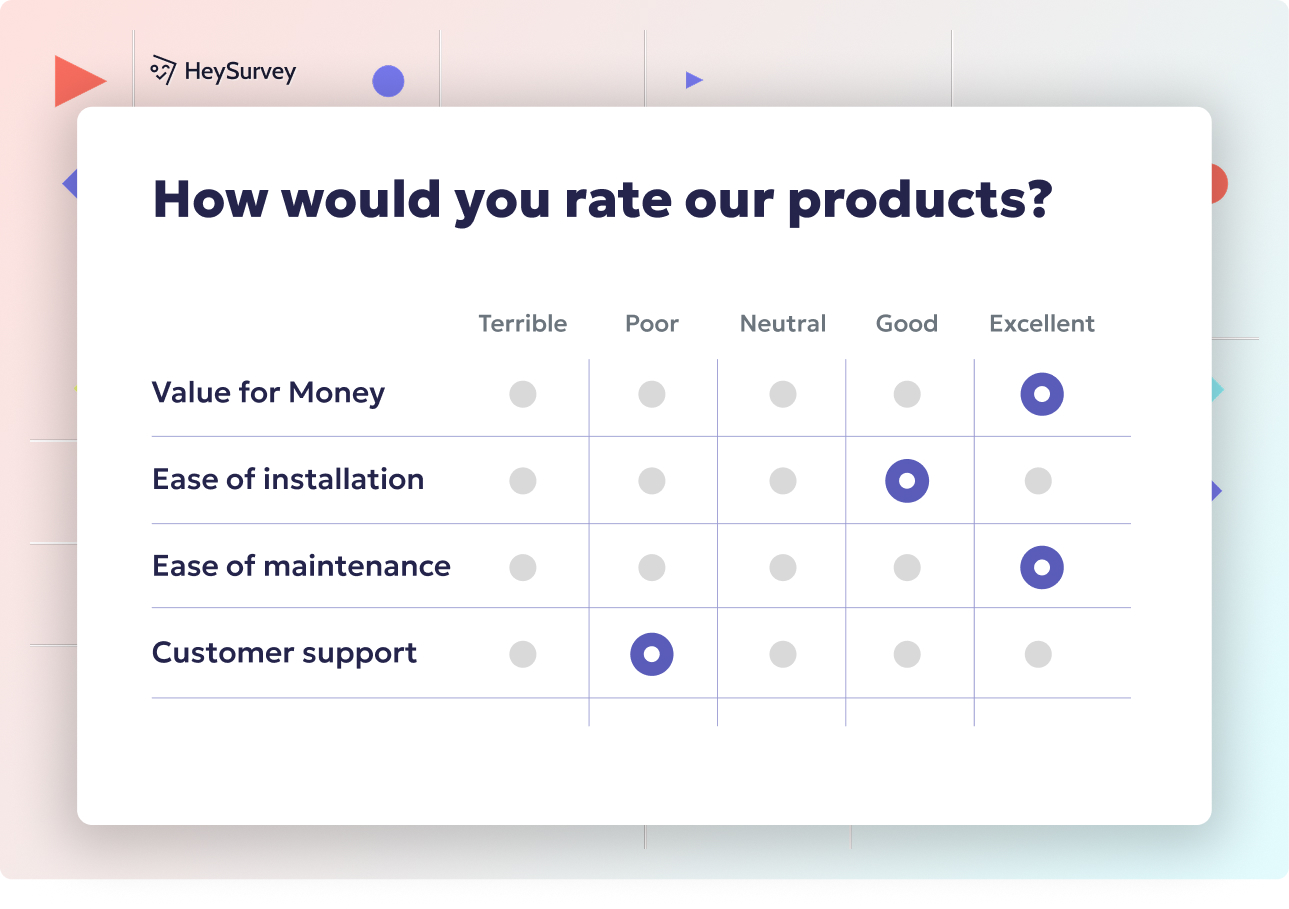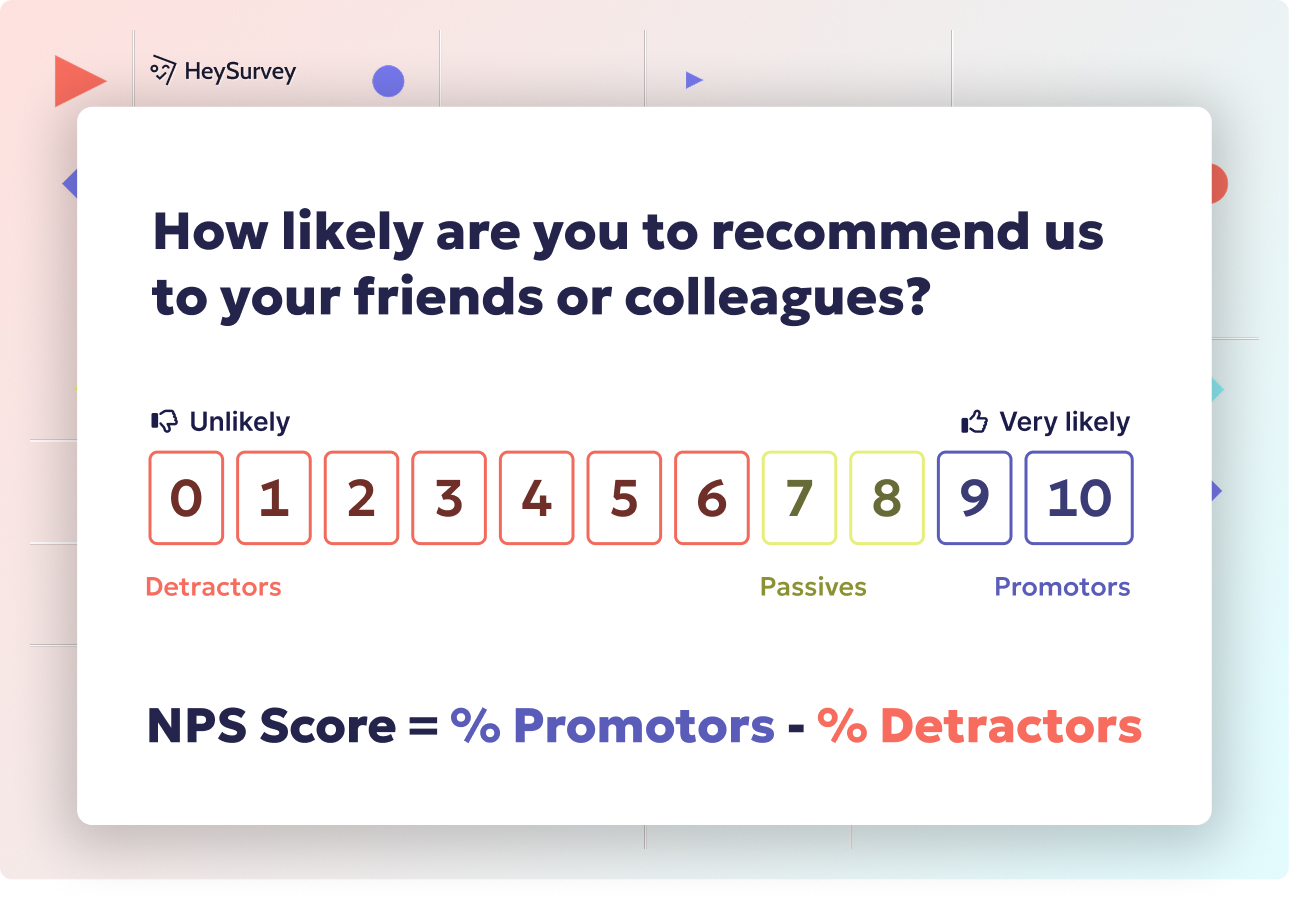30 Qualitative Survey Questions Examples to Get Better Feedback
Discover 35 qualitative survey questions examples including open-ended, probing, narrative, and more to unlock deep customer insights and feedback.
Rich, narrative data is like striking gold when you want to understand the why behind people’s choices. When numbers on a graph can’t capture the emotions and motivations of your audience, qualitative survey questions come to the rescue. They're perfect for going beyond statistics and getting authentic customer insights, user feedback, and anecdotes that help brands become more human.
Open-Ended Text Questions
What Are Open-Ended Survey Questions?
Open-ended survey questions let participants answer in their own words, offering unlimited room for detail. This is in stark contrast to closed-ended questions, which present pre-defined answers like “Yes/No” or multiple choice. With open-ended prompts, respondents can talk about what matters to them, without constraints.
These questions shine in exploratory feedback settings, encouraging a natural flow of thoughts. They let you discover pain points, wishes, and highlights you hadn’t even considered. When you want to understand how people feel and think, or explore unknown territory, open-ended questions will get you there faster than you can say “tell me more!”
Why & When to Use Them
- Early-stage research: Find out what problems people are experiencing before building solutions.
- Sentiment exploration: Discover the emotions and perceptions behind customer choices.
- Small or medium sample sizes: Useful when you can actually read and analyze each response in detail, without drowning in data.
The stories people share can help in product discovery, refine service blueprints, or illuminate user journeys. If you ever want to capture the pure, unscripted voice of the customer, make open-ended questions your go-to.
5 Sample Open-Ended Survey Questions
What motivated you to choose our product over alternatives?
Describe the biggest challenge you face when using [product].
How would you improve your overall experience with our service?
What feelings come to mind when you think of our brand?
Tell us about a time our support team exceeded or fell short of expectations.
By crafting effective open-ended questions, you open the door to richer answers and deeper customer insights.
Open-ended survey questions elicit richer, more detailed responses, providing deeper insights into participants' thoughts and experiences. (entropik.io)
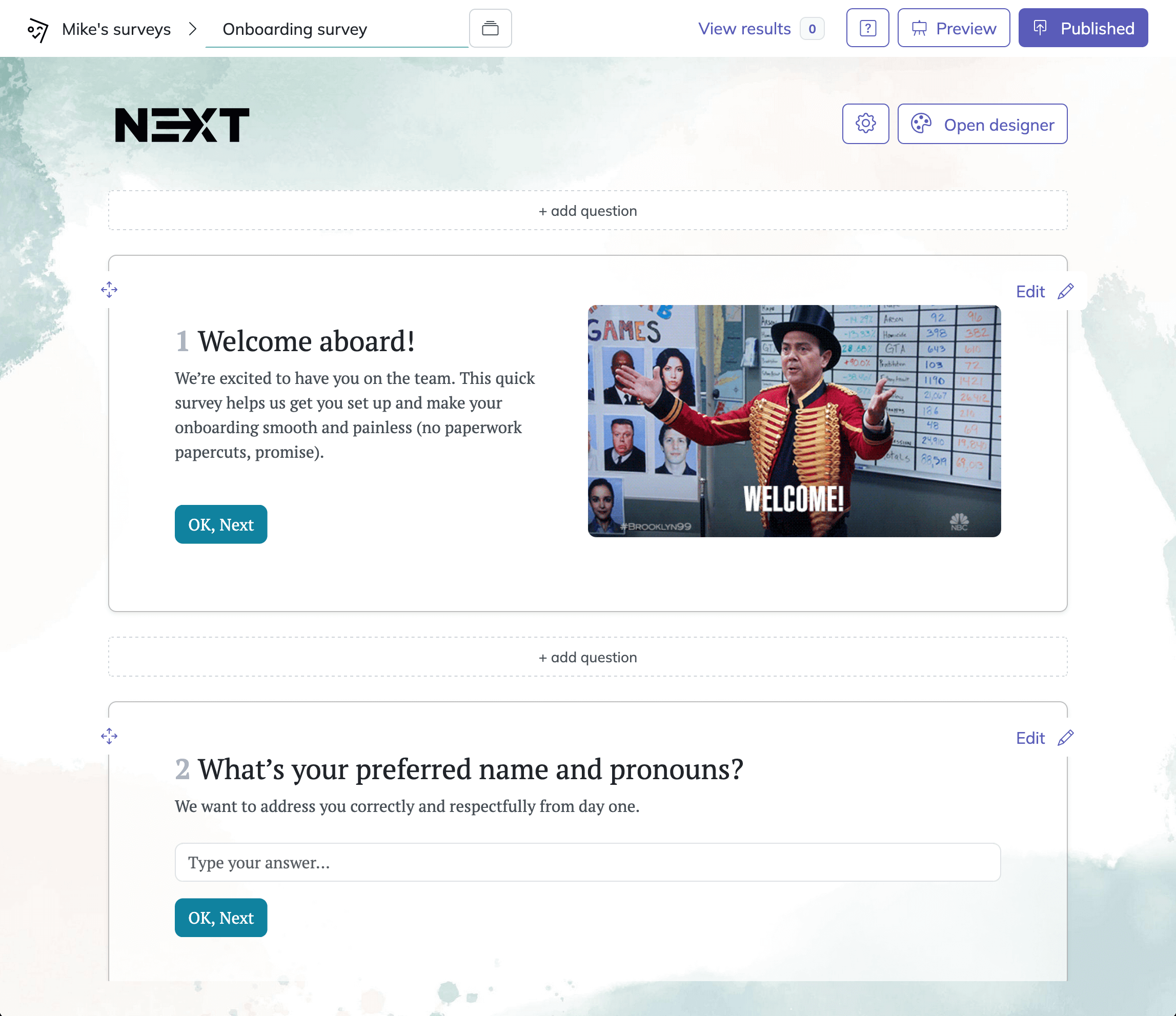
Creating your own qualitative survey with HeySurvey couldn’t be simpler. Just follow these three easy steps to get your survey up and running in no time!
Step 1: Create a New Survey
- Head to HeySurvey and click on “Create New Survey.”
- Choose whether to start from scratch with a blank template or pick from pre-built templates designed for qualitative feedback.
- Give your survey a name so you can find it easily later.
That’s it! You have a fresh canvas ready for your questions.
Step 2: Add Questions
- Click the “Add Question” button at the top or between existing questions in the Survey Editor.
- For collecting open-ended, probing, narrative, or other qualitative responses, pick the “Text” question type to let respondents share their thoughts in their own words.
- Enter your question text, adjust settings like making the question required, and add descriptions or images if you want to provide more context.
- Keep adding as many questions as you like, mixing in different types if needed for variety.
You can also customize each question’s appearance and behavior from the Designer Sidebar.
Step 3: Publish Your Survey
- Once you’re happy with all questions and settings, hit the “Publish” button.
- You’ll get a shareable link that you can send to your audience via email, social media, or embed on your website.
- Responses will start flowing in, and you can track them right inside HeySurvey’s Results page.
Bonus: Apply Branding and Define Settings
- Make your survey truly yours by adding a logo and customizing colors and fonts through the Designer Sidebar.
- Use the Settings Panel to set start/end dates, limit responses, or add a thank-you redirect URL.
- For complex feedback paths, use branching to direct respondents to different questions or endings based on their answers.
And voilà—you’re all set to gather rich qualitative insights with HeySurvey! If you want to jump right in, try opening a template below and start customizing immediately.
Probing Follow-Up Questions
Understanding Probing Questions for Surveys
Sometimes, the first answer isn’t the whole answer. That’s where probing questions for surveys become the hero. These prompts are sent after an initial response, inviting participants to clarify, expand, or give specific examples. It’s the polite nudge that says, “Go on, I’m listening.”
Probing questions help you see more clearly what’s behind brief, unclear, or ambiguous responses. They’re like a magnifying glass for user feedback, revealing hidden gems of information.
Why & When to Use Them
- Digging into root causes: Find out what’s behind dissatisfaction, complaints, or praise.
- Clarifying vague responses: When someone says something like “It was confusing,” a follow-up pokes deeper.
- Sequential surveys: Great for Net Promoter Score (NPS), Customer Satisfaction (CSAT) follow-ups, or even in diary studies where respondents share updates over time.
These are especially powerful for service recovery, product improvements, or user experience deep-dives. Use probing questions whenever you want to turn surface-level feedback into truly actionable insights.
5 Examples of Probing Questions for Surveys
Can you elaborate on what you mean by ‘difficult to navigate’?
What specific features felt intuitive to you, and why?
Which part of the checkout process caused confusion?
How did that experience influence your likelihood to recommend us?
What would a perfect solution look like from your perspective?
With clear, gentle probing questions, you give respondents the freedom to reveal even more valuable information—which is, after all, the whole point of qualitative surveys.
Probing questions in qualitative surveys enhance data quality by uncovering deeper insights and clarifying respondents' interpretations, leading to more actionable findings. (allmeld.com)
Narrative Inquiry Questions
What Are Customer Journey Narrative Questions?
Customer journey narrative questions ask your participants to tell a full story, often in chronological order. Unlike one-off snippets, narrative inquiries provide the beginning, middle, and end of experiences. This method uncovers context, motivations, turning points, and emotional arcs.
Instead of just asking “what” or “why,” you get powerful “how” and “when” details that connect the dots. These stories transform vague ideas into vivid realities, often loaded with emotion or pivotal details.
Why & When to Use Them
- Journey mapping: Spot patterns and moments of truth along the customer journey.
- UX research: Gain rich usability insights by hearing about entire experiences.
- Case-study development: Find quotable moments and stories that bring data to life.
These questions work best for longitudinal understanding, where you want to see how feelings, behaviors, or perceptions evolve. They are vital for everything from product onboarding to post-purchase advocacy or churn analysis.
5 Examples of Customer Journey Narrative Questions
Walk us through your decision-making process from first hearing about us to purchase.
Tell the story of your most memorable interaction with our app.
Describe a day in your life when our product played a key role.
How has your perception of our brand evolved over time?
What events led to you cancelling or renewing your subscription?
Using narrative inquiry questions helps you gather detailed, story-rich insights that spreadsheets just can’t capture.
Critical Incident Technique Questions
Why Use Critical Incident Survey Questions?
When you want to identify the moments that matter most—either fantastically great or catastrophically bad—look to the critical incident survey questions. This technique zooms in on extreme experiences, where customer loyalty or brand perceptions are forged.
Instead of measuring averages, you focus on outliers—the times when something really worked or completely flopped. These incidents often reveal key vulnerabilities or hidden superpowers.
Why & When to Use This Technique
- Feature prioritization: Find out which problems spark strong reactions.
- Service recovery: Learn what interventions solved major customer headaches.
- Quality improvement: Zero in on both peak performances and worst-case scenarios to guide coaching or redesign.
Crucially, the critical incident technique strips away the noise and shows you where your product or team can make a real difference. It cuts right to the marrow of customer backstories, offering action-ready insight.
5 Critical Incident Survey Questions
Recall a time when our support exceeded your expectations. What happened?
Describe the most frustrating moment you had using our product.
What actions did we take that resolved the issue effectively?
What prevented you from abandoning the purchase at that critical moment?
How did that incident change your perception of our company?
Critical incident survey questions directly contribute to improvement by focusing on sharp, high-impact feedback. These answers are ripe for action!
The Critical Incident Technique (CIT) is a qualitative research method that collects specific, significant events to analyze human behavior and inform improvements in various fields. (en.wikipedia.org)
Projective Technique Questions
What Are Projective Survey Question Examples?
When it comes to surfacing hidden attitudes or sensitive emotions, projective survey question examples are your secret weapon. These questions use creative prompts—like analogies, personification, or fantasy scenarios—to get around rational barriers. Respondents project their own thoughts and feelings onto something (or someone) else, revealing truths they might not say straight out.
Rather than asking direct, sometimes awkward questions, you get imagination flowing. It’s like sneaking insights in through the back door—all in the name of fun research!
Why & When to Use Projective Questions
- Sensitive topics: Works well when survey-takers might hesitate to be truthful.
- Brand perception: Use for exploring vague associations or emotional triggers.
- Emotional branding: Perfect for digging into subconscious feelings about products, services, advertising, and more.
These questions tend to elicit deeper, more authentic responses. They’re also fantastic for breaking up monotonous surveys and injecting a dose of playfulness.
5 Projective Survey Question Examples
If our brand were a person, how would you describe their personality?
Imagine our service is an animal—what animal and why?
Finish the sentence: ‘Using [product] makes me feel…’
Which movie genre best represents our customer experience?
What color palette captures your feelings about our latest update?
With these projective technique questions, you often collect rich, metaphor-laden feedback that taps straight into the heart.
Laddering (Why-Probing) Questions
What Are Laddering Survey Questions?
If you’ve ever asked “but why?” a few times in a row, congratulations—you’ve practiced the core of laddering survey questions! Laddering involves a series of “why” probes, each one peering deeper into what drives a person’s choices or values. It’s like peeling an onion to get to the very core of decision-making.
You’ll often find the five whys technique applied here, which is exactly what it sounds like: keep asking why until you reach the root cause or motivation. The method is playful, but surprisingly powerful.
Why & When to Use Laddering Questions
- Value proposition development: Understand which product attributes truly matter and why.
- Brand positioning: Get beneath surface-level preferences to discover emotional links.
- Pricing research: Find out what makes customers willing to pay (or not!).
Laddering questions transform popular features and services into deeper motivational landscapes. Each why draws out another layer of insight, leading to goldmines of strategic direction.
5 Laddering Survey Questions
Why is convenience important to you when shopping online?
Why does fast delivery matter in your daily life?
Why do you prefer eco-friendly packaging?
Why is budget flexibility critical for your team?
Why does integration with existing tools influence your choice?
Applying laddering questions ensures you’re solving for root needs—not just surface wants.
Photo/Visual Elicitation Questions
What Are Visual Elicitation Survey Questions?
A well-chosen image can spark memories and reactions that words alone miss. Visual elicitation survey questions let respondents respond to, or even provide, pictures that prompt emotional or descriptive feedback. This technique is perfect when feelings, aesthetics, or environments play a big role in decision-making.
With visuals, people sometimes “see” and express things that are hard to describe in plain text. Using photos, screenshots, or mockups, you gather richer, multi-dimensional insights.
Why & When to Use Visual Prompts
- Design or UI feedback: Pinpoint what users love or hate about interfaces or visual branding.
- Emotional response testing: Spot immediate, gut-level reactions to new designs.
- Cultural studies: Useful for understanding context, traditions, or unconsciously embedded meaning.
Photo elicitations make surveys feel more interactive and accessible—great for breaking up word-heavy question sets.
5 Visual Elicitation Survey Questions
Pick the image that best represents how you feel using our dashboard and explain why.
Upload a screenshot of a feature you find confusing and describe the issue.
Which of these color schemes resonates most with your perception of trust? Why?
Select a photo that illustrates your ideal workspace and tell us how our product fits.
Look at this concept mock-up—what is the first word that comes to mind?
Visual elicitation survey questions deliver nuanced insights that can inspire everything from new designs to brand storytelling.
Best Practices, Dos & Don’ts for Crafting Qualitative Survey Questions
Crafting Clear & Powerful Questions
Great survey results start with effective qualitative survey question writing. The goal is to create questions that invite honest, helpful, and diverse responses. This means being clear, neutral, and laser-focused in your language.
- Clarity is king: Every question should be simple and easy to understand on the first read.
- Be neutral: Avoid leading language that hints at a ‘correct’ answer.
- Single-focus matters: Stick to one idea per question for better insights.
Logical flow is another must—make sure the sequence of questions feels natural to the respondent. And always offer optional anonymity for sensitive topics, which boosts honesty and completion rates.
Do:
- Pilot test your survey to catch confusing parts and improve flow.
- Provide ample text boxes for rich, detailed answers.
- Segment audiences so you can compare insights across groups.
- Follow ethical guidelines (consent, privacy, respectful phrasing).
Don’t:
- Don’t overload people with too many questions or cumbersome formats.
- Don’t bias answers by suggesting approval or disapproval in the text.
- Don’t ignore context—interpret responses with background and nuance in mind.
Regularly reviewing your qualitative survey practices will help you improve response quality and ensure you’re gathering genuinely actionable insights.
Qualitative surveys crack the code of the human heart and mind, shining a light on feelings, desires, and experiences that numbers alone can’t touch. The right question style—be it open-ended, probing, narrative, critical incident, projective, laddering, or visual—transforms ordinary feedback into extraordinary action plans. Remember, thoughtful crafting and ethical delivery make all the difference. Get curious, stay playful, and let your audience’s stories shape the future of your product and brand.
Related Qualitative Survey Surveys
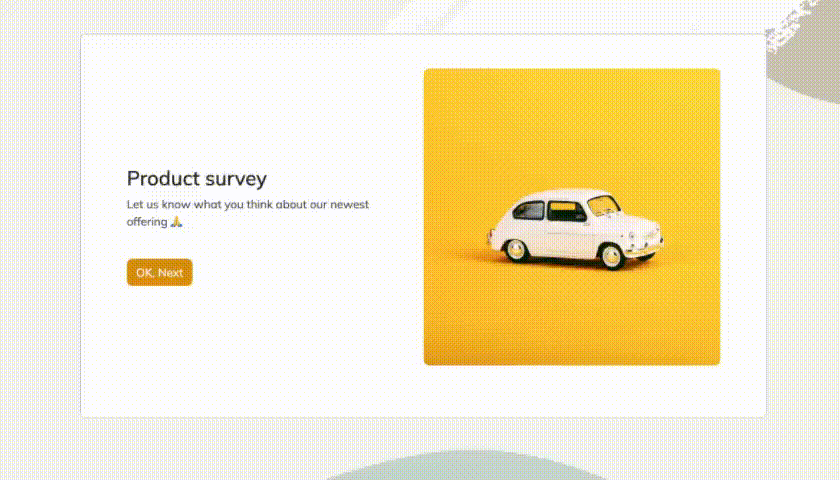
25 Open Ended Survey Question Examples for Actionable Insights
Discover 40+ open ended survey question examples with practical templates to unlock richer, actio...

29 Qualitative Survey Questions for Deep Customer Insights
Discover 25+ expert qualitative survey questions with examples to unlock deep customer insights a...
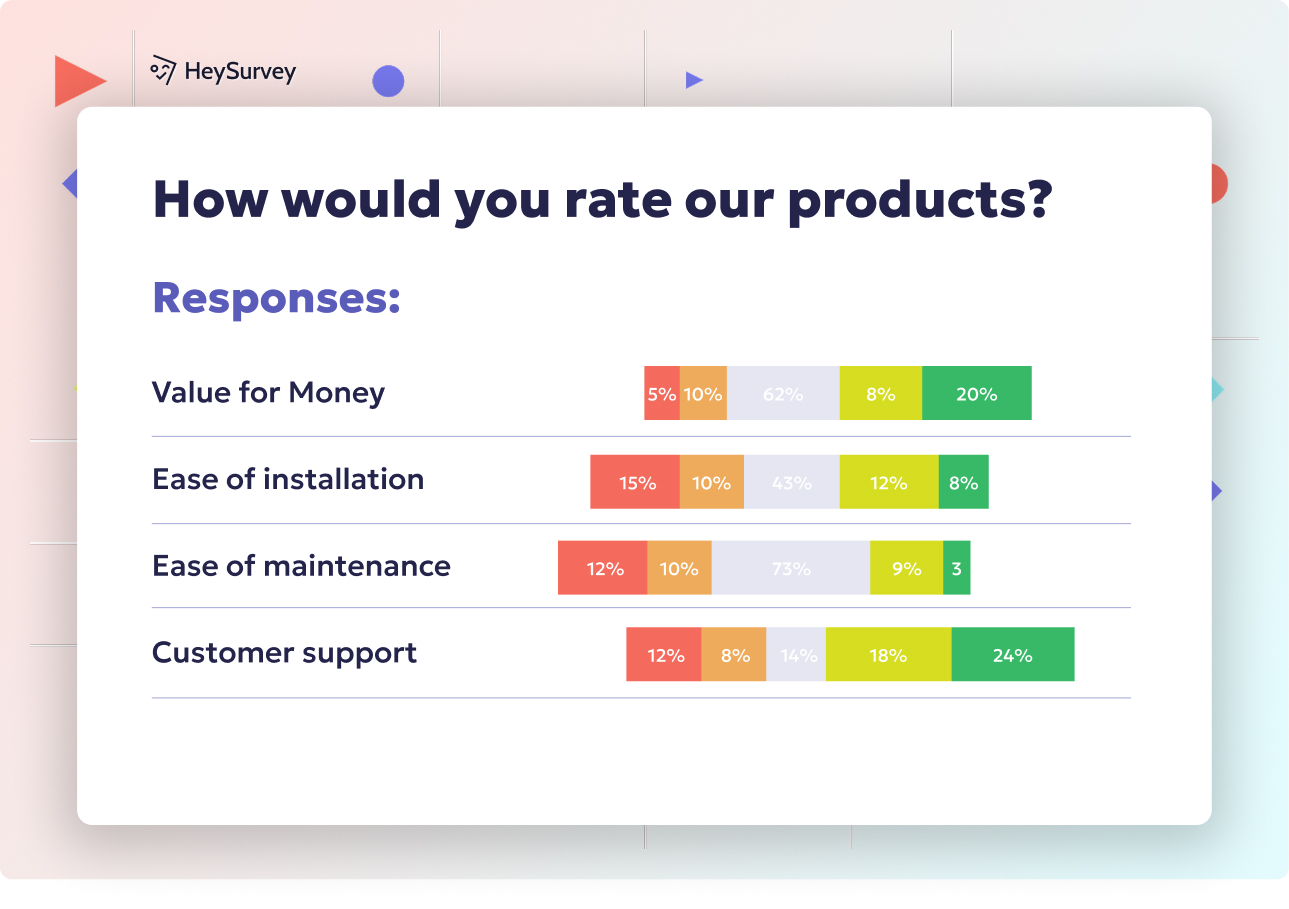
31 Qualitative Survey Questions Examples to Boost Insights
Discover 25+ qualitative survey questions examples to unlock rich insights with open-ended questi...
